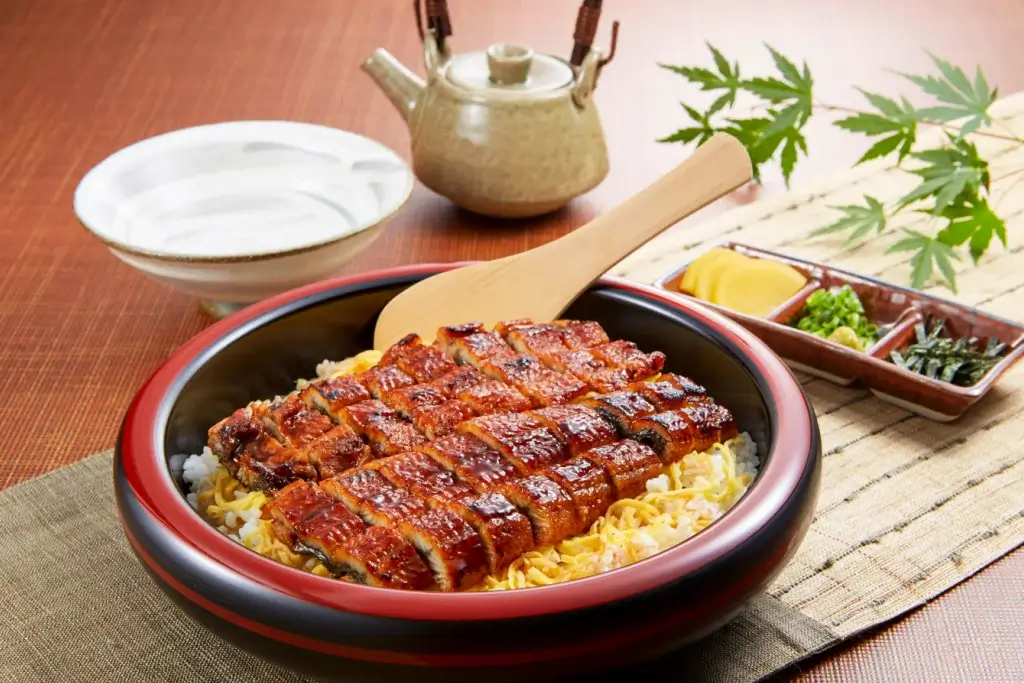If you’re a fan of seafood, you’re in for a treat with Japanese cuisine’s hitsumabushi and other seafood dishes. From the delicate flavors of thinly sliced unagi to the fresh taste of sashimi, Japanese seafood offers a unique and diverse culinary experience that showcases the country’s rich cultural heritage and gastronomic artistry!
Table of Contents
ToggleHitsumabushi
Hitsumabushi is a popular Japanese dish from Nagoya, Japan. It uses grilled eel, called unagi, on a bed of rice. The dish is famous for its unique way of eating, which comes in three different styles. First, you eat it plain, then you add different toppings like wasabi, green onions, or Japanese pickles. After that, you mix it with broth and enjoy it as ochazuke, and finally, you can savor it as you like it.
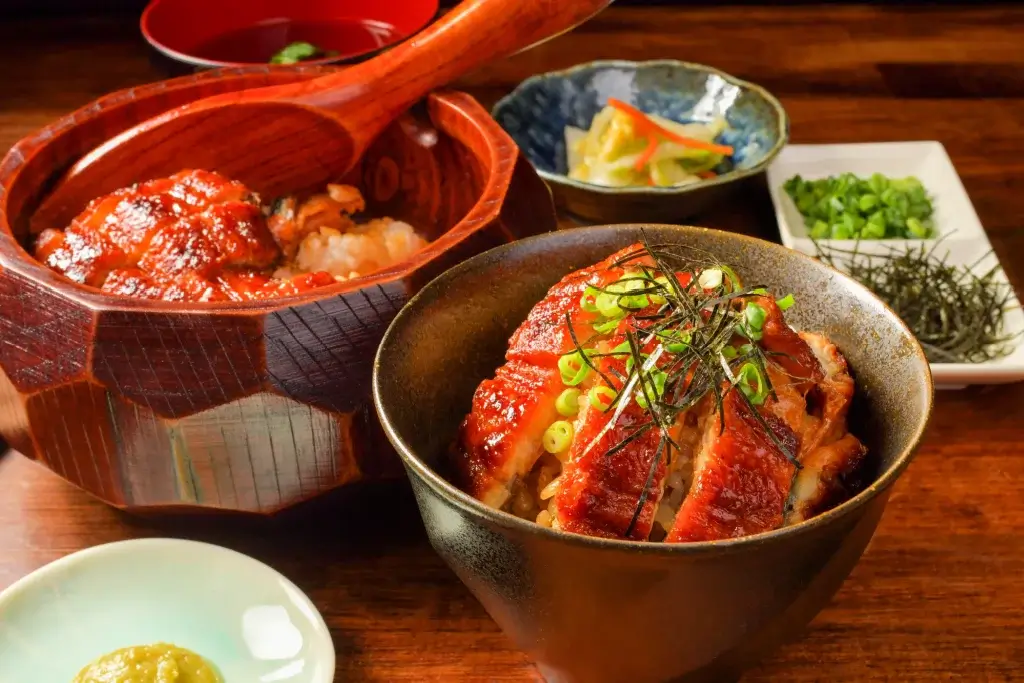
This dish has a rich history dating back to the end of the Edo period. It was created to avoid wasting spare pieces of grilled eel served on rice. The dish’s name comes from the rice tubs called ohitsu, which used to serve cooked rice, where grilled eel pieces were placed on top. Today, it has become a symbol of Nagoya’s culinary heritage and is a must-try for visitors seeking an authentic taste of Japanese cuisine.
Preparing hitsumabushi involves grilling the eel over charcoal without steaming it, adding a rich and savory flavor. When served, hitsumabushi is accompanied by condiments like green onions, wasabi, and Japanese pickles, enhancing the dining experience. If you ever get a chance to try it, don’t hesitate!
Sushi and sashimi
Sushi and sashimi are two popular Japanese dishes. They are undoubtedly famous for their exquisite flavors and cultural significance. It also consists of vinegared rice mixed with raw fish, seafood, vegetables, and fruits. Meanwhile, sashimi are thin slices of fresh fish on their own.
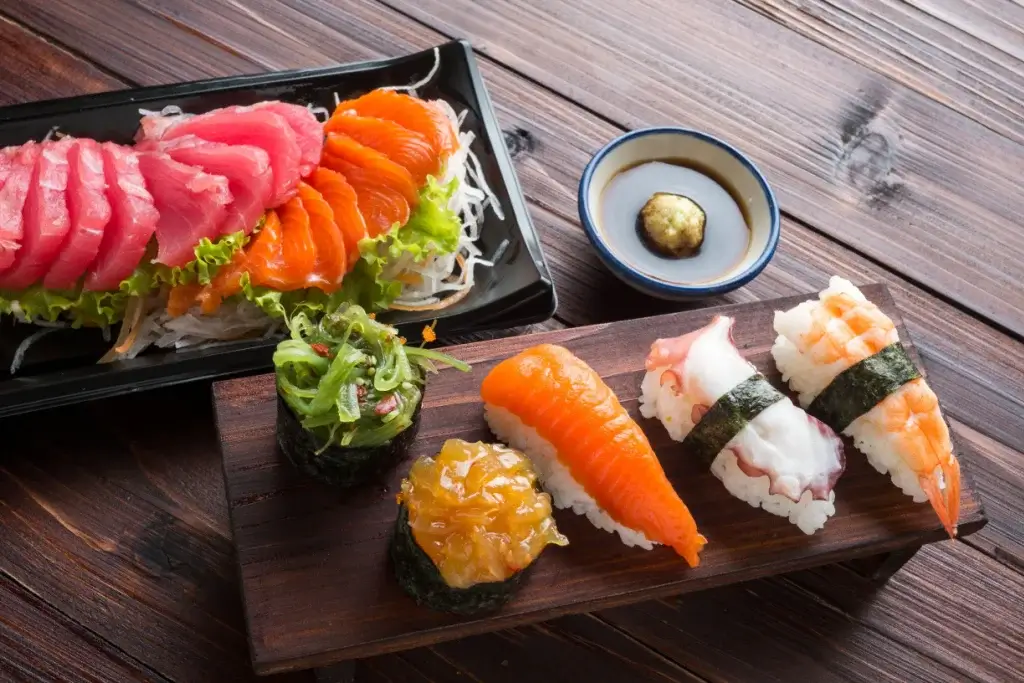
It comes in different forms, such as nigiri, maki, and temaki. On the other hand, sashimi focuses on the quality and freshness of the fish, highlighting its natural flavors. Both dishes require skilled preparation by trained chefs to ensure quality and safety. All in all, sushi and sashimi offer a delightful culinary experience showcasing Japanese cuisine’s artistry and precision, captivating food enthusiasts worldwide.
Are you interested in enjoying some fantastic food from across Japan? Check out Sakuraco! Sakuraco delivers traditional Japanese snacks, teas, and sweets from local Japanese makers directly to your door.
Tempura
The light and crispy Japanese dish, tempura, features delicate flavors and typically consists of seafood, vegetables, or fruits coated in a special batter and deep-fried to perfection. When fried, a mixture of flour, water, and sometimes eggs or baking soda creates the batter’s light and airy texture. Skilled chefs carefully fry the ingredients at high heat to ensure a crispy coating while maintaining natural flavors and textures. They also control the temperature of the oil to achieve the perfect result.
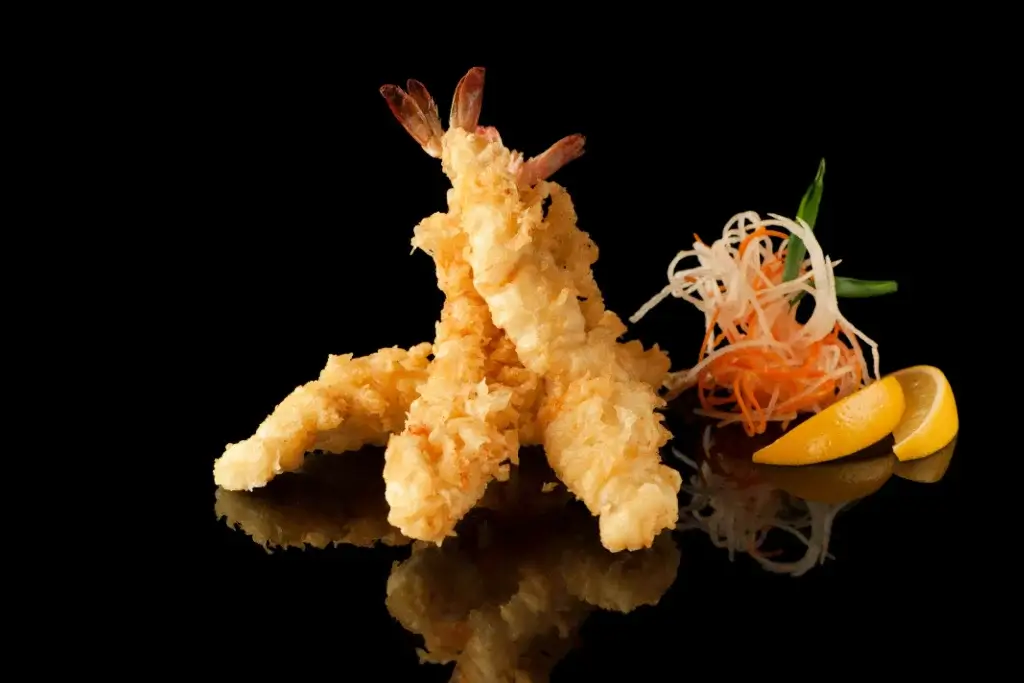
Generally, tempura usually comes with a dipping sauce called tentsuyu, made from dashi (fish stock), soy sauce, mirin (sweet rice wine), and grated daikon radish. Food enthusiasts worldwide enjoy tempura as a satisfying and flavorful addition to Japanese cuisine, either as a standalone dish or as part of a larger meal.
Taimeshi
Taimeshi is a traditional Japanese dish featuring sea bream (tai) with rice, creating a flavorful and aromatic one-pot meal. It’s a favorite dish among seafood lovers. To prepare taimeshi, sea bream fillets are placed on top of seasoned rice before being cooked together. The natural flavors of the sea bream infuse into the rice during the cooking process, resulting in a fragrant and savory dish.
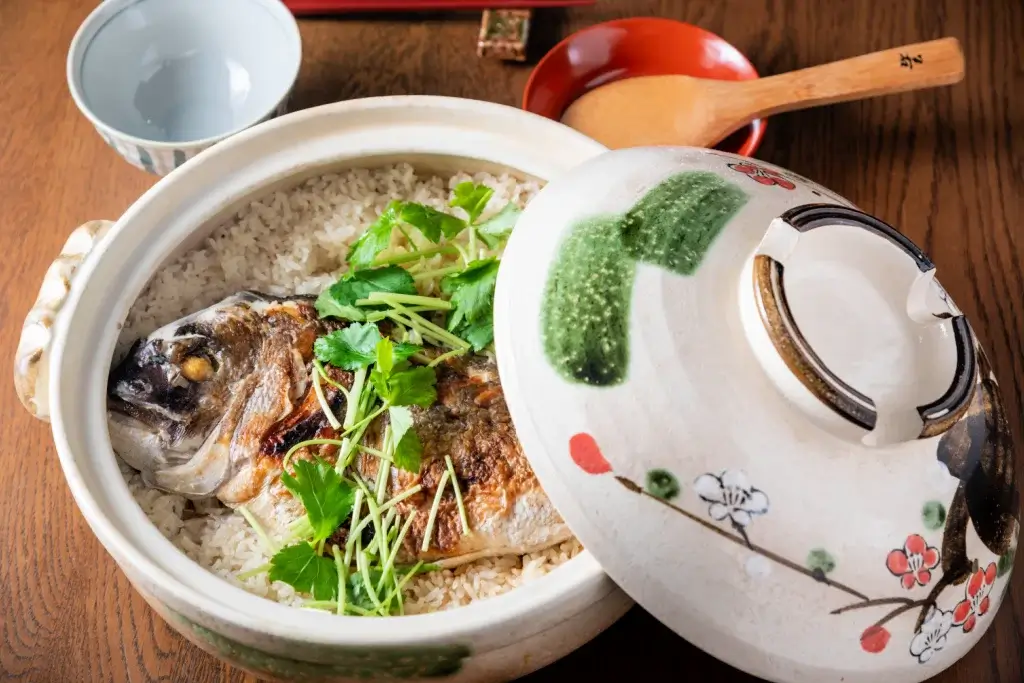
This dish generally comes with a side of pickles or miso soup to balance out the richness of the dish. It’s a comforting and satisfying meal that showcases the freshness of the sea bream and the simplicity of Japanese cuisine. The dish’s name, “taimeshi,” means “sea bream rice” in Japanese. It’s famous for its simplicity yet rich taste. Overall, taimeshi exemplifies using high-quality ingredients to create a delicious and culturally significant dish in Japanese culinary tradition.
Ankimo
The Japanese delicacy ankimo has a rich and luxurious flavor and is made from the liver of a monkfish. To prepare it, chefs clean and soak the liver in milk, rub it with salt, rinse it with sake, and remove the veins. Then, they roll it into a cylinder and steam it. Ankimo is commonly served with chili-tinted grated daikon, thinly sliced scallions, and ponzu sauce. As a result, it’s a significant delicacy in Japanese culinary culture.
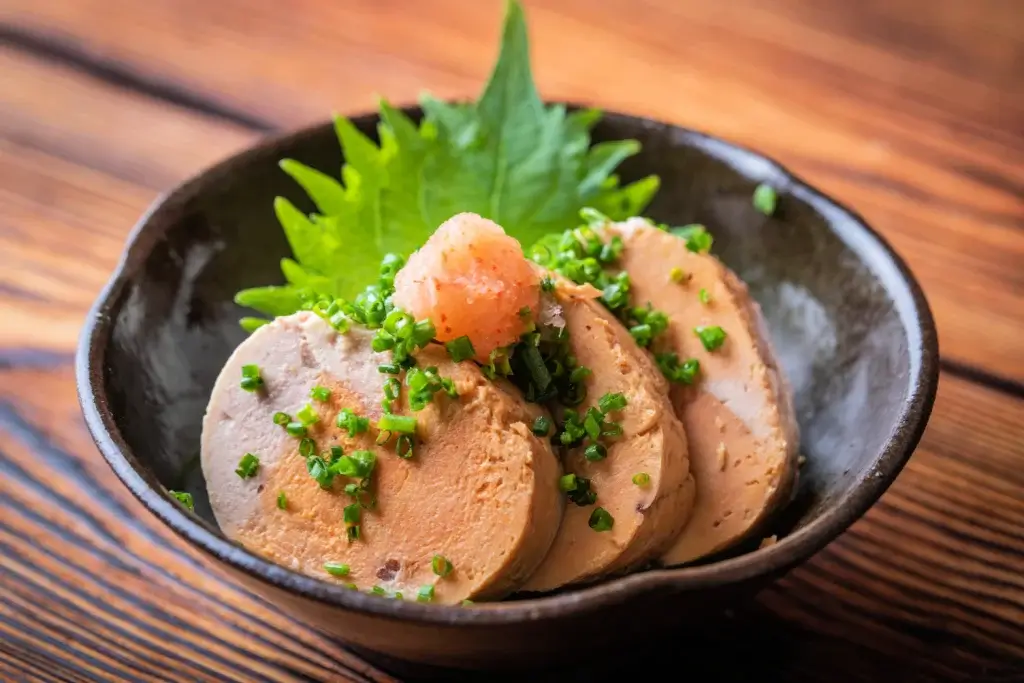
While Japanese specialty seafood markets or high-end sushi restaurants may have ankimo readily available, it may not be widely available elsewhere. However, those interested in preparing monkfish liver at home can source frozen ankimo from Japanese or Korean grocery stores or online retailers. Ankimo’s subtle flavor and velvety texture make it a sought-after ingredient that adds a touch of elegance to Japanese cuisine. It reflects the artistry and sophistication of traditional Japanese culinary practices.
Why should I try Japanese foods like hitsumabushi?
Trying Japanese foods like hitsumabushi can be a cultural experience. By sampling dishes like hitsumabushi, you can immerse yourself in the culinary traditions of Japan and gain a deeper understanding of the country’s history and culture through its cuisine. Have you ever had this dish before? Let us know in the comments below!


